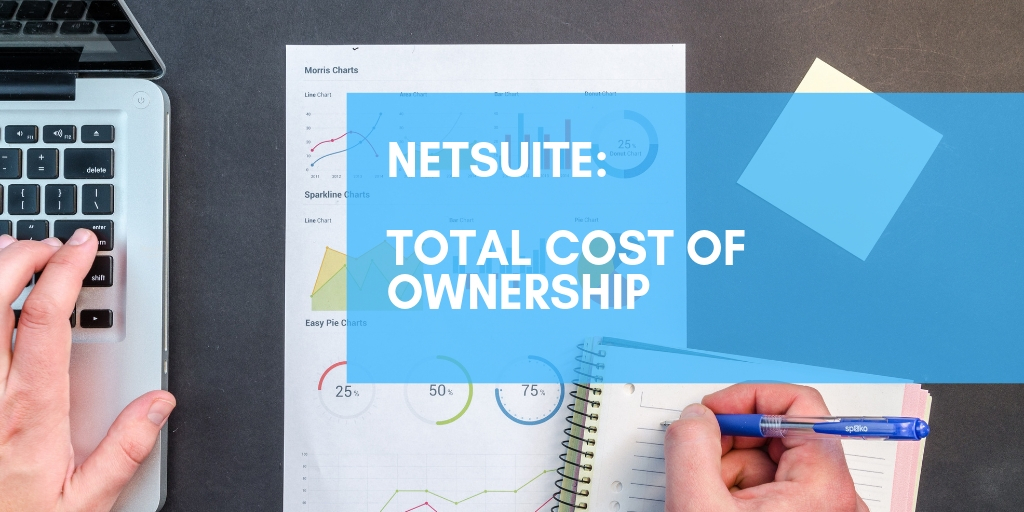There are numerous pieces to consider when calculating the TCO of an e-commerce solution: licensing, implementation, integrations, apps/extensions, support, and transaction fees. The price of each varies depending on the vendor and the size of your business. Costs also differ depending on whether a company chooses a point solution, which only manages e-commerce, or an all-in-one solution, which unifies e-commerce with other key business applications like ERP, CRM, order management, and inventory management.
This blog provides a brief overview of those six cost buckets outlined above. But for a more complete picture on TCO and specific costs.
Licensing is likely the most obvious cost. The price may be as low as $30 a month but can grow exponentially depending on how many transactions and how much revenue your e-commerce site generates. Gross merchandise sales or monthly revenue play a role in pricing for many vendors, so it’s vital to crunch the numbers for a realistic estimate of the licensing fees.
Implementation and support
There’s a reason implementation is a scary word in the world of enterprise software – implementations can get very expensive, very quickly. That’s why it’s imperative to walk through the project in detail and set clear expectations around price before the project starts.
When it comes to support, many solutions come with free basic support. However, many businesses need more comprehensive support and should plan to spend at least a few thousand dollars annually on that.
Integrations
Most businesses need their e-commerce solution integrated with other core business systems to avoid manual data entry, enable accurate reporting, and generally maintain efficient operations. Integration providers charge a monthly fee to connect the e-commerce software to each system, so this can add up quickly. And anyone with an IT background knows integrations break and are a frequent source of problems and an unforeseen expense.
Apps and extensions
Leading e-commerce solution providers have their own app store full of extensions that give their software additional functionality. Most companies need at least a few extensions that add customer-facing and back-end features that have become table stakes. Though some extensions are free, it’s common for an organization to spend hundreds of dollars per month for this additional functionality.
Payment gateways
Payment gateways are simply part of the deal when it comes to e-commerce, regardless of which system you choose. Payment gateways take a set percentage of every sale, though bigger online sellers may be able to negotiate a lower rate. Companies should shop around to find a gateway that supports their payment methods and security standards at the most competitive rate.
Cost is one of the most important elements of any business decision. But, as is the case with e-commerce solutions, determining the total cost is not always straightforward. Our hope is this blog and the corresponding ebook can eliminate some of the unknowns and inform your decision. This guide can shed light on the less visible fees that will impact your organization’s e-commerce budget in the years to come.

